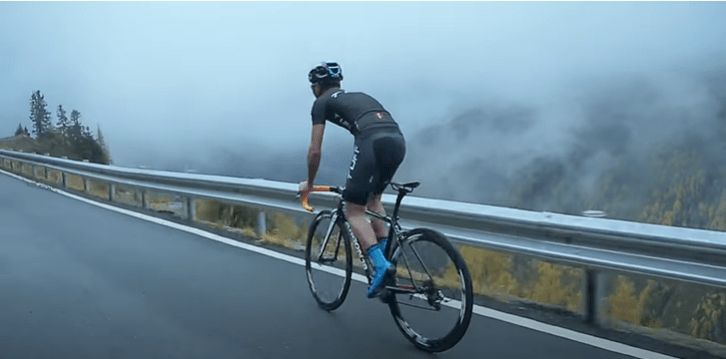

Is it a good idea to replace your road bike wheels? If you have purchased a road bike that fits your needs and you’re enjoying your rides, but you want to improve your speed and performance, changing your wheels might be the solution. Your cycling buddies may have already switched their original wheels for lighter and more streamlined ones. So, you want to do the same. However, you’re unsure how to select the right wheels for your bike. Should you go for carbon or aluminum wheels? Should you choose tubular, tubeless, or tire wheels? And how much should you spend?
With a wide range of options available, from $180 to $3500, it’s crucial to choose the right pair of wheels that suits your needs and budget. It’s also essential to remember that the most expensive wheels are not always the best. To make an informed decision, we’ll guide you through the selection process and help you choose the perfect pair of road bike wheels.
Upgrading the wheels and tires of a bicycle is one of the most popular and straightforward ways (although not the most affordable) to improve its performance. The original wheels are often heavy and of basic quality, and replacing them is a quick way to reduce weight, improve the bike’s behavior, responsiveness, and braking performance.
However, not all wheels are suitable for all types of riding. For example, if you primarily ride in the mountains, you wouldn’t choose a lenticular wheel (although there is some debate about the Lightweight Autobahn, which weighs only 780g but costs a whopping $3200).
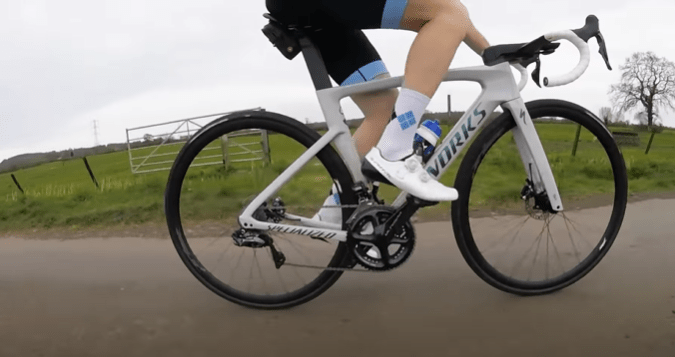

When selecting bicycle wheels, two critical factors to consider are your cycling discipline and your weight. To optimize your performance, reducing your body weight is an effective strategy, but this may not always be feasible. Your weight also affects your wheel selection. A lightweight cyclist, like Bardet, can select any wheel set from various ranges.
However, if you are a heavier rider, stiffer wheels are preferable. A 60 kg cyclist will not strain the equipment in the same manner as a 90 kg cyclist. Carbon wheels are not prohibited for heavier riders, but they must be cautious about lightweight wheels or those with fewer spokes.
When cycling uphill, the weight of your bike can hinder your performance, and mountain bike wheels are designed to eliminate unnecessary weight. These wheels have a low profile and fewer spokes, resulting in a weight range of 900-1300g. However, because of the limited number of spokes, they have low inertia, are less stiff, and more flexible.
If a wheelset drops below 1500g and lacks aerodynamic features, it is suitable for mountain biking, according to manufacturers. For instance, Mavic’s R-SYS SLR model weighs 1300g and is an excellent option for mountain biking.
Bicycle wheels come in different profiles and are designed for specific uses. One popular category is aerodynamic wheels that have a high profile and offer an aggressive pro look. They are heavier and more rigid but have less maneuverability, making them less ideal for crosswinds and hills.
Low profile wheels are lighter and have few spokes, making them perfect for mountain biking. If you’re looking for a good compromise between low and high profile wheels, wheels with a medium profile like the Mavic Cosmic Pro Carbon would be a great option. These wheels are rigid, lightweight, and have a lower resistance to crosswinds compared to high-profile wheels.
Aerodynamic wheels are made of either carbon or aluminum. Carbon wheels are more expensive but lighter and more efficient. Cheaper aluminum wheels are heavier, so weight should be taken into consideration. The DT SWISS ARC 1100 DICUT with a 48mm profile is a great option if you’re looking for longevity as it is fitted with ceramic bearings.
Wheels with a high rim profile (over 50mm) are ideal for sprints and time trials where aerodynamics are prioritized over weight. However, they should be used with caution in crosswinds. Examples of high-profile wheels include the Fast Forward F9R and the Reynolds Aero 58.
It is advisable to have a separate pair of wheels for training since high-profile wheels are designed for specific use cases.
How to equip your bike for year-round use, especially during winter seasons, when not competing?
While aerodynamics and weight are crucial for competition wheels, training or everyday use wheels must be durable enough to withstand kilometers of travel and variable weather conditions without requiring high maintenance.
Brake pads’ friction will cause edges to wear down over time, and you may lose a spoke or two, so easy replacement is a must. Robustness and easy maintenance are key factors to ride frequently without worrying about road conditions damaging your wheels.
Entry-level or mid-range aluminum wheels, such as the Mavic Aksium, Mavic Ksyrium, or Fulcrum Racing 3, are good options. They are sturdy, have easily replaceable parts, and come at an affordable price, making them ideal for everyday cycling and training.
When selecting wheels for your bike, it’s important to consider the type of terrain you’ll be riding on. For flat or slightly hilly courses (less than 500m elevation gain for a 100km ride), wheels with a high profile (over 50mm) are a good choice. For hilly courses (between 1000 and 1500m elevation gain for a 100km ride), medium-profile wheels (between 30 and 50mm) are preferable. And for mountainous terrain, low-profile wheels (less than 30mm) are best.
If you’re a triathlete or sprinter, high-profile wheels are also a good choice, especially for time trials.
For everyday riding, winter, and training, the wheels that come with your bike are usually sufficient. While they may not be the lightest, they are durable and can handle most conditions.
However, if you ride different types of terrain and can only have one pair of wheels, it’s best to choose a pair that matches the type of terrain you ride most frequently. And don’t worry if you stray from your usual routes – medium-profile wheels are still suitable for mountainous terrain and low-profile wheels can handle flat terrain.
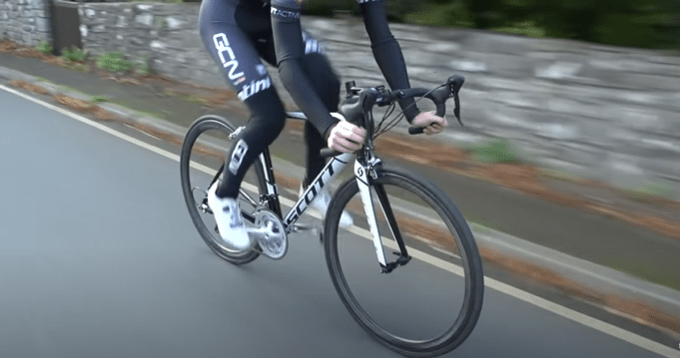

When it comes to road bike tires, there are three types available, and each one requires a specific type of wheel. Here’s a breakdown of the pros and cons of each type:
Advantages: Extremely lightweight, can be ridden at very low pressures, provide excellent grip, and are a popular choice for competitive cyclists.
Disadvantages: They can be challenging to assemble and glue onto the rim, and it can be time-consuming to replace them in case of a puncture. Tubular tires are also quite expensive, and not all bike shops carry them.
Advantages: They are easy to install and maintain, come in a wide range of types (for wet/dry weather, anti-puncture, slick or ribbed, etc.), and are widely available at most bike shops. Clincher tires are also relatively inexpensive.
Disadvantages: They can be prone to pinch flats and punctures, especially when ridden at low pressure. Additionally, low-quality clincher tires can impact both the comfort and handling of your bike.
Advantages: Lighter than clincher tires, they can be ridden at low pressures for maximum comfort and grip. The sealant inside the tire can fix slow punctures, and tubeless tires tend to have a longer lifespan. Some wheel manufacturers offer “tubeless ready” wheels that work with both tubeless and clincher tires.
Disadvantages: The installation process can be challenging, especially when adding the sealant for the first time. Tubeless tires are also slightly more expensive than clinchers, and the selection is still somewhat limited. In case of a puncture during a ride, you will need to have spare equipment on hand, just like with traditional clincher tires.
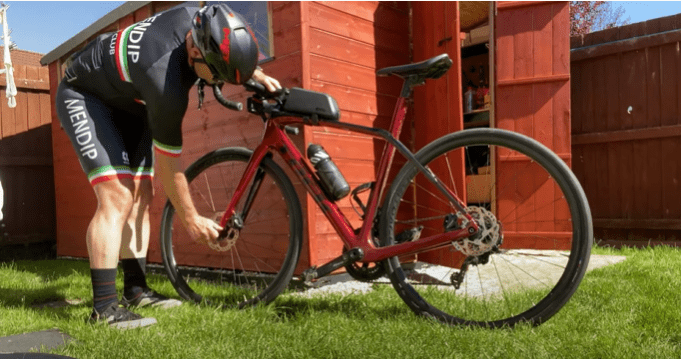

When comparing carbon and aluminum road bike wheels, several important factors come into play.
The most significant differences are in terms of cost and weight, with carbon wheels generally being pricier but lighter than their aluminum counterparts.
Entry-level road bikes are typically equipped with aluminum wheels, which offer a comfortable and reliable ride with excellent braking performance. Higher-end aluminum wheels are also available, often with a medium-profile design that provides a balance of comfort and responsiveness.
Carbon wheels are commonly used in competitive cycling, where stiffness and weight are crucial. However, they have traditionally been criticized for poor braking performance, even with specific brake pads, due to their tendency to heat up and deteriorate during use. Many carbon wheel brands have developed solutions to address this issue, such as specialized braking surfaces made of unique materials or coatings. Carbon wheels are ideal for those seeking top-level competition or performance, or for those who want to reduce the weight of their bike. Keep in mind that as the weight decreases, the cost tends to increase accordingly.


Looking for the perfect bike wheel for your road bike? Here are some examples of popular options that you can easily find online:
No matter what type of road bike you have, these wheels can be easily accessed and purchased through online sources.
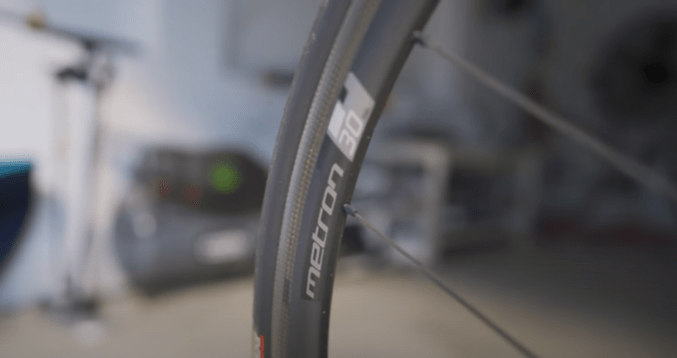

If you are searching for the best road bike wheels, the price will be mainly influenced by the material used. Carbon is more expensive than aluminum, and a medium or high-profile aero wheel is generally more expensive than a medium-profile, versatile wheel.
For less than $500, you can find good all-around aluminum wheelsets weighing around 1550g, such as the Fulcrum Racing 3. This is a weight gain of over 300g compared to the original wheels, which typically weigh between 1800g and 1900g. This difference will already be noticeable!
These versatile bike wheels are usually low profile (less than 30mm) and can be used for daily commutes, training, or even beginning in competition. If you are looking for cheap carbon road bike wheels or more aerodynamic profile wheels in this budget, consider buying second-hand as you might find what you are looking for.
Between $600 and $1200, you can find carbon wheels that weigh less than 1500g. These models are more responsive and rigid, such as the Campagnolo Eurus or Shamal. In this budget range, you can also find wheels with medium rims (between 30 and 50mm) for improved aerodynamics, such as the Prime RP-50 in carbon.
Beyond $1200, you enter the realm of aero wheels, with carbon and other high-end options featuring ceramic bearings for increased fluidity and precision. You can find both high-profile wheels for sprinting and low-profile models designed for mountain riding, such as the Fulcrum Racing Zero, which weighs 1358g.
The absolute best wheels are offered by Lightweight, which provides exceptional, efficient, and expensive options.
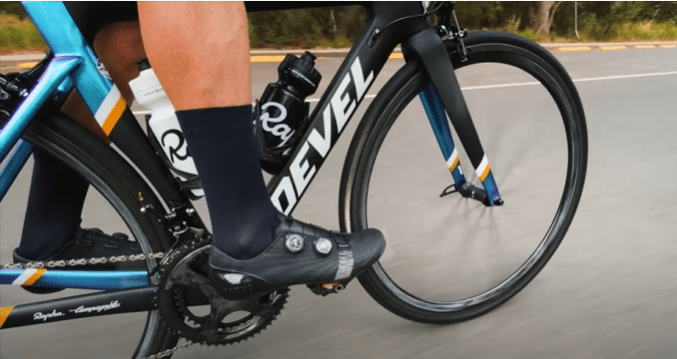

When it comes to bicycle wheels, the debate on the advantages of industrial wheels versus handmade wheels is ongoing.
The main difference lies in the fact that a custom-made wheel will be built according to your specific requests and profile, such as your weight and intended use.
With a fully personalized wheelset, you can also select the type of spoke, design, and even the color of the logos to perfectly match your expectations.
Large brands dominate the market with their production capabilities, research and development, extensive product offerings, and reputation through professional team sponsorships. However, craftsmen manage to stand out by offering high-performance, premium wheels tailored to competitors or those who appreciate luxury products. Due to the smaller production scale, hand assembly, and customization, the price of handmade wheels may be slightly higher than industrial wheels, but you can benefit from direct communication with the manufacturer, which is often more responsive than a brand’s after-sales service. This is especially advantageous when it comes to changing spokes or having a wheel serviced.
Additionally, having unique wheels in the peloton can also be useful for easily identifying your bike in a bike park.
In the USA, some of the most well-known handmade wheel craftsmen include:
They offer versatile wheels for training as well as more specialized products such as lenticular wheels for time trials or triathlons.
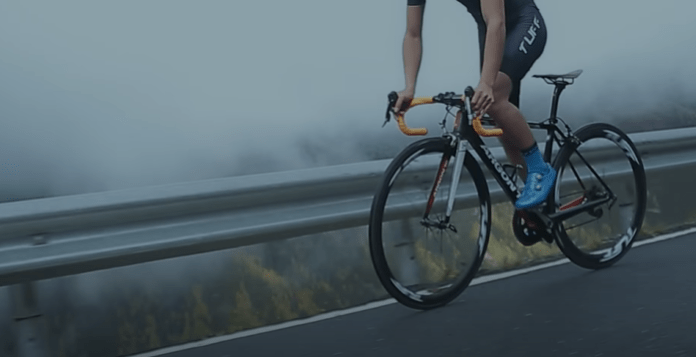

Not everyone has the budget to buy brand new wheels, especially if they are meant for their training bike or just for minor upgrades to their current bike. If you’re considering buying used road bike wheels, it’s important to know their history – including maintenance, accidents, and repairs – to ensure they’re worth the investment. Here’s a checklist of things to inspect before buying:
By following these steps, you’ll have a better chance of finding a reliable set of used road bike wheels that will serve you well on your rides. Happy shopping and safe cycling!
